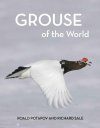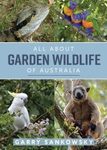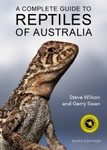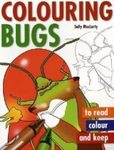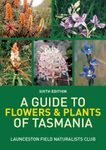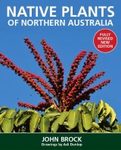Flora / Fauna
Out of Print
By: Roald Potapov(Author), Richard Sale(Author)
408 pages, colour photos, 93 colour & b/w illustrations, 19 colour distribution maps
![Grouse of the World Grouse of the World]()
Click to have a closer look
About this book
Contents
Biography
Related titles
About this book
Grouse are a source of fascination for people, not least for their spectacular displays and ability to survive the Arctic winter. To survive the extreme cold the birds have evolved pectinations – or shovels – on their toes to excavate burrows in the snow in which they spend up to 22 hours or more daily. To reduce heat loss they have feathered toes, and they also have feathered nostrils, the feathers preventing the nostrils filling with snow and also trapping moisture when the bird is in its burrow: without this excellent moisture trap the walls of the burrow would become iced, preventing air from seeping in and the bird from escaping, sealing it in an icy, air-starved tomb. The digestive system of grouse has also evolved to compensate for winter's rigours. Perhaps most remarkable of all, these specific features are shared by all members of the grouse family – even those that inhabit the balmy shores of the Gulf of Mexico.
Grouse of the World explores grouse evolution and then looks at each of the 19 species, detailing distribution, habitat, plumage, subspecies, breeding, diet and conservation. This is the first comprehensive guide to the grouse family, and it includes many drawings, photographs and maps.
Contents
Acknowledgements 4
Introduction 7
1. Overview of the Grouse 9
2. Bonasa 56
3. Falcipennis 96
4. Dendragapus 131
5. Centrocercus 154
6. Tetrao 176
7. Lagopus 223
8. Lyrurus 285
9. Tympanuchus 326
10. Grouse: Present and Future 360
References & Bibliography 365
Index 402
Customer Reviews
Biography
Professor Roald Potapov has studied grouse for more than 40 years. Dr Richard Sale is an expert on Arctic ecology; his last book, Gyrfalcon, won the US Wildlife Society Book of the Year award in 2006.
Flora / Fauna
Out of Print
By: Roald Potapov(Author), Richard Sale(Author)
408 pages, colour photos, 93 colour & b/w illustrations, 19 colour distribution maps
"A huge amount of ornithological research was carried out behind the Iron Curtain, much of which remains little known in the West. Dement'ev & Gladkov’s The Birds of the Soviet Union was translated by The Israel Program for Scientific Publications in 1967 and Kuz’mina’s work on the Tetraonidae and Phasianidae was translated by the Smithsonian Institute in 1992, but Roald Potapov’s Tetraonidae, 640 pages published entirely in Russian in 1985, was among the works not translated at the time. Here it is at last, streamlined, updated and with added colour illustrations. [...] Grouse are in many ways fortunate in having a veritable army of specialists to help secure their future. These workers should already have this book on their shelves and they will need to dip into it repeatedly. The publishers, recently acquired by Bloomsbury, are to be congratulated for bringing to light important work hitherto only available in Russian. I hope that, one day, the vast amount of similar material on the parasites of grouse and other Galliformes will also be translated to complete the picture for this important group."
– G. R. (Dick) Potts, Ibis, August 2014
"[...] This book describes a fascinating family of birds, and its value is in the wealth of information that is presented. My only disappointment is that the style of presentation could have been much better."
– Keith Betton, 21-03-2014, British Birds
"‘A treasure trove of information’ would be a fair description for this book. [...] This book is packed full of graphs, diagrams and photographs, but it would be nice if there was more space to spread them out, as they can be a bit overwhelming. However, this is a minor criticism for what is a fantastic reference book."
– Martin Sullivan, BTO book reviews
"[...] If you've got any sort of interest in the family – be it as a birder, biologist or otherwise, then Grouse of the World is undeniably your encyclopaedia – as a reference, it is brilliant. There is no shortage of content to go at, made all the more interesting by the fascinating family of birds that it surrounds. I, for one, learnt an impressive amount covering this book for review, and I guarantee that any other reader will do too."
– Josh Jones, 08-01-2014, www.birdguides.com







